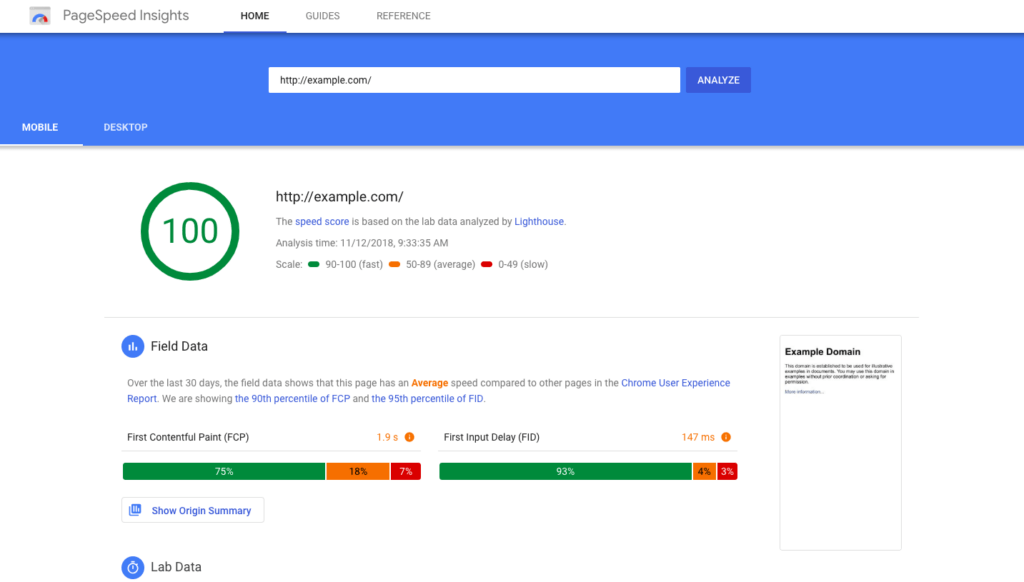In this article, we’ll dive into the essential tips for optimizing your website specifically for mobile users. From improving page speed to ensuring your site is responsive across all devices, we’ll cover the key tactics that’ll help you climb the search engine rankings and capture the attention of mobile users.
Here’s what we’ll discuss:
- Mobile-Friendly Design: Importance of responsive and user-friendly design.
- Fast Loading Speeds: Techniques to enhance site speed on mobile.
- Voice Search Optimization: Adapting for conversational search queries.
- Local SEO: Targeting local audience for increased visibility.
- User Experience: Enhancing engagement through seamless mobile interaction.
- Structured Data: Utilizing schema markup for better search results.
Whether you’re a seasoned marketer or just starting out, these insights will equip you with the tools you need to maximize your mobile SEO efforts and stay ahead in the competitive digital landscape.
Importance of Mobile-Friendly Design
By adapting your design, you cater to the majority of internet users who browse primarily through mobile devices. It’s crucial to test your website on various devices to see how it performs and adjust accordingly.
Don’t forget to keep your layout straightforward and your text concise. This way, you’re not just attracting more visitors, but you’re also providing a smoother experience that encourages them to stay longer and engage more deeply with your content.
Fast Loading Speed Matters
To speed things up, compress your images, leverage browser caching, and minimize JavaScript and CSS files. It’s also wise to use a Content Delivery Network (CDN) to distribute the load.
Checking your site’s speed regularly with tools like Google’s PageSpeed Insights can provide actionable feedback for continued improvements. Remember, a faster site isn’t just a convenience; it’s a necessity to stay competitive.
Optimize for Voice Search
You should also refine your local SEO. Many voice searches are looking for local information, so ensure your business’s name, address, and phone number are consistent across all platforms.
Don’t forget to optimize your content for snippets, too. Providing clear, concise answers in your content can help you land in those coveted voice search results, making it easier for users to find you without scrolling through pages.
Read more about optimising for voice search.
Ensure Responsive Design
You should test your website’s responsiveness regularly using tools like Google’s Mobile-Friendly Test. This will help you identify and fix any issues that could impair usability. Remember, a responsive website not only helps keep visitors on your page longer but also significantly contributes to your SEO strategy by meeting search engines’ mobile-first indexing requirements.
Prioritize Local SEO
Additionally, make sure your business’s name, address, and phone number (NAP) are consistent across all online platforms. This includes your website, social media profiles, and local directories.
Google My Business is a crucial tool for local SEO, so ensure your profile is up-to-date and complete. Encourage satisfied customers to leave positive reviews, as these can improve your visibility and attract more local traffic.
Focus on User Experience
Focus on mobile-friendly design. Your text should be readable without zooming, and buttons must be easy to click on a small screen. Simplify navigation to make it effortless for users to find what they need with minimal taps.
Remember, your site’s layout should adjust smoothly across different devices. Responsive design isn’t just beneficial; it’s essential. By improving the mobile user experience, you’re more likely to keep visitors longer and convert them into customers.
Leverage Structured Data
Include common schemas like FAQs, product info, and reviews to boost your presence in rich snippets. This makes your site more appealing in search results, potentially increasing click-through rates.
You’ll also enhance user experience, as viewers can quickly find the relevant information they need. Don’t overlook this powerful tool; it’s straightforward to integrate and can significantly impact your mobile SEO success.
Monitor and Analyze Performance
Don’t forget to check your page loading speeds, as slow pages can deter visitors and negatively impact your rankings. Use PageSpeed Insights to identify and fix any speed issues. Additionally, keep an eye on your keyword rankings and observe how they fluctuate over time. This will help you tweak your content and SEO strategies effectively.
By staying proactive and responsive to data, you’ll be able to fine-tune your approach and boost your mobile site’s traffic.
How does mobile SEO differ from desktop SEO in terms of user intent and behaviour?
What are the common pitfalls to avoid when optimizing for voice search on mobile devices?
How can small businesses with limited budgets effectively implement mobile SEO strategies?
- Create relevant and engaging content.
- Leverage local SEO techniques.
- Monitor performance with free tools like Google Analytics.
Conclusion
Remember to focus on mobile-friendly design, fast loading speeds, relevant keywords, and user experience.
Stay up to date with the latest trends and algorithms to ensure your website remains competitive in the ever-evolving digital landscape. Start implementing these strategies today to maximize your mobile traffic potential.




